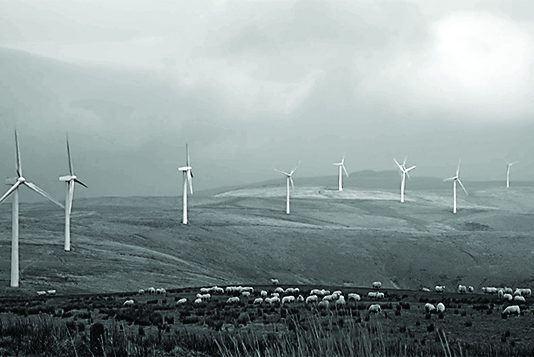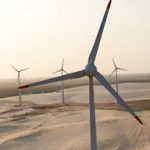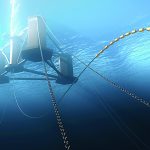In support of the Biden-Harris administration’s goals for deploying 30 GW of offshore wind energy capacity by 2030 and 15 GW of floating offshore wind energy capacity by 2035, the Bureau of Ocean Energy Management (BOEM) has finalized its designation of a Wind Energy Area (WEA) in the Gulf of Maine. The final WEA has the potential to support generation of 32 GW of clean energy, surpassing current state goals for offshore wind energy in the Gulf of Maine: 10 GW for Massachusetts and 3 GW for Maine.

BOEM published a notice in the Federal Register March 18 that announced its intent to prepare an environmental assessment of potential impacts from offshore wind leasing activities in the WEA. The notice initiated a 30-day public comment period. Another public comment period would occur if BOEM decides to move forward with a lease sale in the WEA.
The WEA totals about 2 million acres offshore Maine, Massachusetts, and New Hampshire, ranging from about 23 to 92 miles off the coast.
BOEM finalized the WEA after extensive engagement with the states of Maine, Massachusetts, and New Hampshire, Tribes, local residents, ocean users including the fishing community, federal government partners, and other members of the public. Based on the feedback received about natural and cultural resources and current ocean uses, the WEA represents an 80 percent reduction from the area BOEM initially identified for possible leasing and a 43 percent reduction from the draft WEA.
The resulting WEA avoids important areas for lobster fishing, North Atlantic right whale habitat, and other important fishing areas and habitats. Additionally, in response to initial conversations with Tribal Nations within Maine, the WEA strives to avoid a majority of the historical and present-day fishing grounds of those Tribes.
“BOEM is committed to maintaining strong collaboration with the states of Maine, Massachusetts, and New Hampshire as we advance our efforts in the Gulf of Maine,” said BOEM Director Elizabeth Klein. “We remain dedicated to engaging with Tribal governments, federal and state agencies, ocean stakeholders, coastal communities, and all interested parties as we progress through our environmental review.”
BOEM will seek to avoid or minimize remaining ocean use and resource conflicts in subsequent phases of the leasing process. BOEM will continue to consult with all Tribal Nations, the fishing industry, and other stakeholders who have an interest in the region to understand their concerns with potential offshore wind energy development within the WEA.
During two rounds of analyses to produce the draft and final WEAs, BOEM leveraged the ecosystem-based ocean planning model designed by the National Oceanic and Atmospheric Administration’s National Centers for Coastal Ocean Science (NCCOS). That model incorporates the best available data on Gulf of Maine natural resources, ocean industries such as fisheries and energy production, and national security activities to identify areas with high wind energy resource potential and fewer potential impacts to other ocean users and sensitive environmental resources.
More info www.boem.gov





































